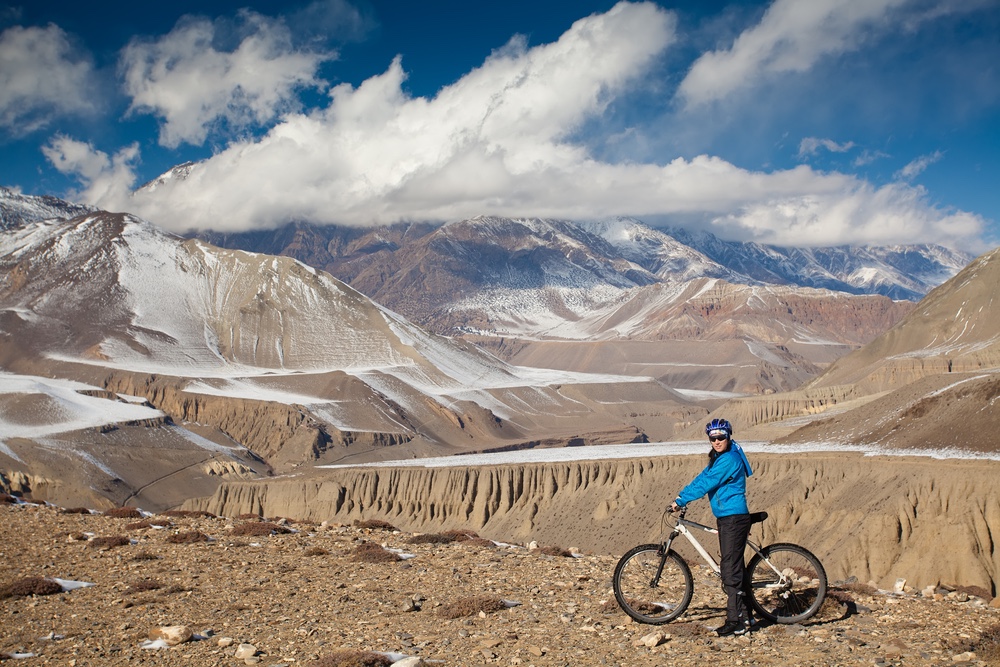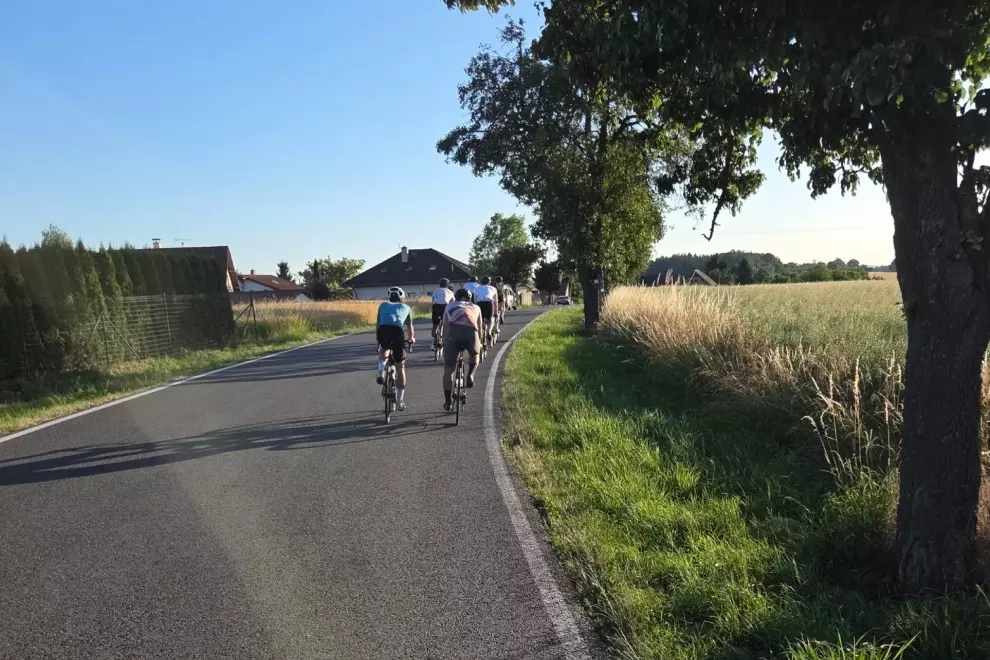Of course, everyone is free to buy or not buy whatever they want, some women like riding in a hot pink kit while others buy from the men’s line and that’s all OK. The problem is that, especially when it comes to mid-range and plus-size gear, the selection for women is seriously limited. In addition to being asked to pay a premium, the restricted selection makes it a lot harder for some women to continue advancing in the sport they love. We Love Cycling talked to a group of women about their experience with the ‘pink tax,’ the shortage of options, and looked towards finding some solutions.
A lack of choice
As Sophie V. pointed out, in many cases, the technique still seems to be, ‘shrink it (although women come in all shapes and sizes), pink it (although women enjoy other colours than pink), add 15 % on the price.’ It is true that for decades, across all sports, women’s gear has privileged form over function. This is definitely improving but there is still a clear focus on marketing things towards women with an emphasis on how they look rather than how they perform.

Michelle R. also found it to be true while doing research on frames when she was looking to buy. ‘I noticed that female-marketed frames sometimes had a lower component grade compared to the men’s model at the same price point, and a lower-grade top end. To me, that sends the message that if you are a serious rider with a serious budget, you buy a ‘men’s’ model bike. Which is fine for me at 5’9” but maybe not for a smaller rider.’
Paying more for plus size
Kathy L. has found that it is really difficult to buy women’s cycling clothing beyond size 16. She explained: “I recently tried to buy a packable jacket in a size 18. If I was a size 12/14/16 there were plenty of affordable jackets. Being plus size, however, I either have to buy a man’s or get something custom made.”
We Love Cycling has already highlighted the great work that brands such as Fat Lad at The Back are doing but they’ve even said that they’re struggling to keep up with the demand for 16+ sizes. Clearly, there are people looking to buy these products so there’s really no excuse that plus-size gear should only be offered at a premium.
Lack of mid-range products prevents women from advancing

In addition to the fact that women’s gear is often more expensive, the range is usually smaller and lacking in mid-range options. The vast majority of products tends to be either beginner’s stuff or expensive, high-end stuff. Stacy Z. said that it took her two years to find cycling shoes when she wanted to upgrade. “I visited multiple local shops and they never had anything women’s that was higher than entry level. And forget finding something in a size 38 that I could try on before buying.”
Should women just buy men’s?
Of course, part of the problem can be blamed on demand. It’s a comment lament in the industry that manufacturers get decent marks for creating entry-level products but when it comes to gear designed for expert women, there’s been a substantial hole. Ruth S. has resigned to buying cheaper products designed for men, ‘I normally get men’s as there’s more to choose from. The cost is due to the smaller quantities manufactured for women and it’s cheaper to manufacture in bulk.’
But, assuming the gender gap in cycling isn’t going to be closed overnight, is there anything else women can do to avoid paying more for less? Buying men’s is one option. In some cases, the difference is minimal but other times it really matters. Many women who ride men’s bikes then need to go buy a different saddle, which can significantly add to the price. Sometimes though, you just have to ask.

You can’t get what you don’t ask for
Michelle R. explained that when she bought her most recent road bike, her shop (a Trek dealer) swapped the saddle, handlebars and rear cassette for her at no charge. “But I had to ask, and I had to know to ask, which I did because I had retrofitted my previous bike to fit me better. But I hope that having a good relationship with a shop helps them think about those items for other female riders.”
Many companies are definitely smartening up to the needs of women as they discover the potential of a hugely untapped market and the importance of growth in this segment as an avenue to invite more people into the sport. As women continue to claim space in the world of cycling, the more the brands will be forced to respond. In the meantime, if you spot a price discrepancy or gap in the market, don’t be shy about reaching out to companies and letting them know you’re not OK with it. Let’s get rid of ‘shrink and pink’ once and for all!




